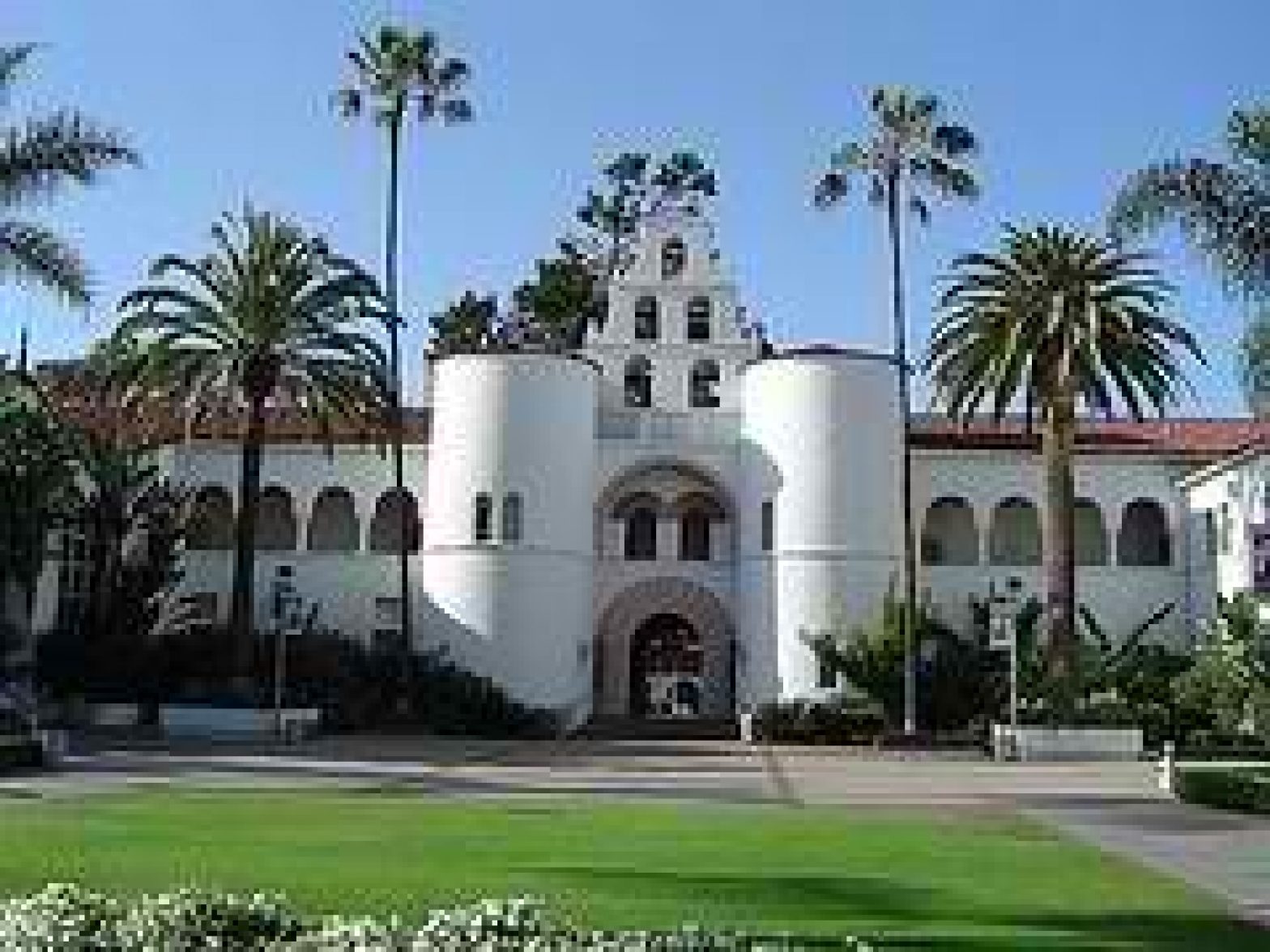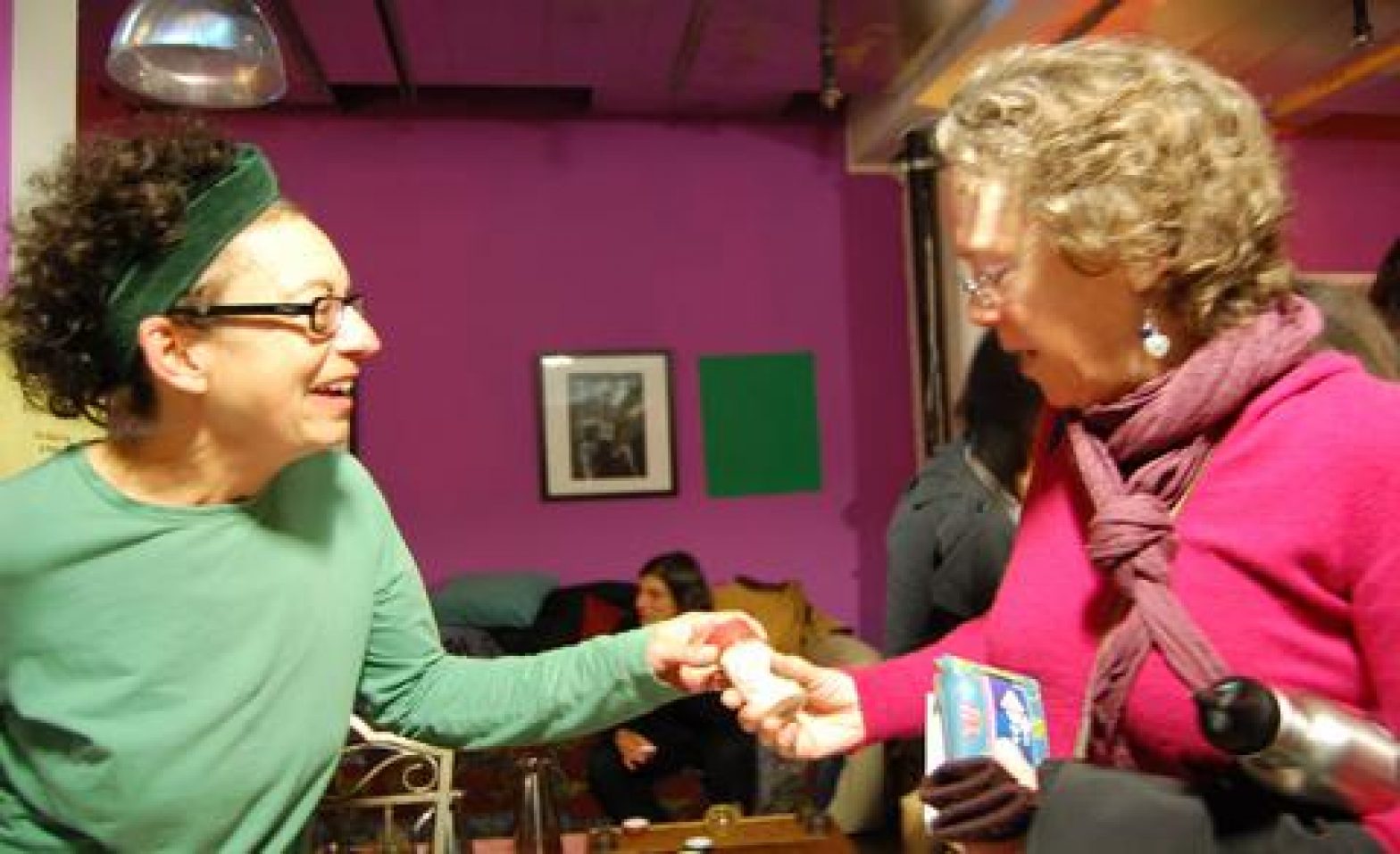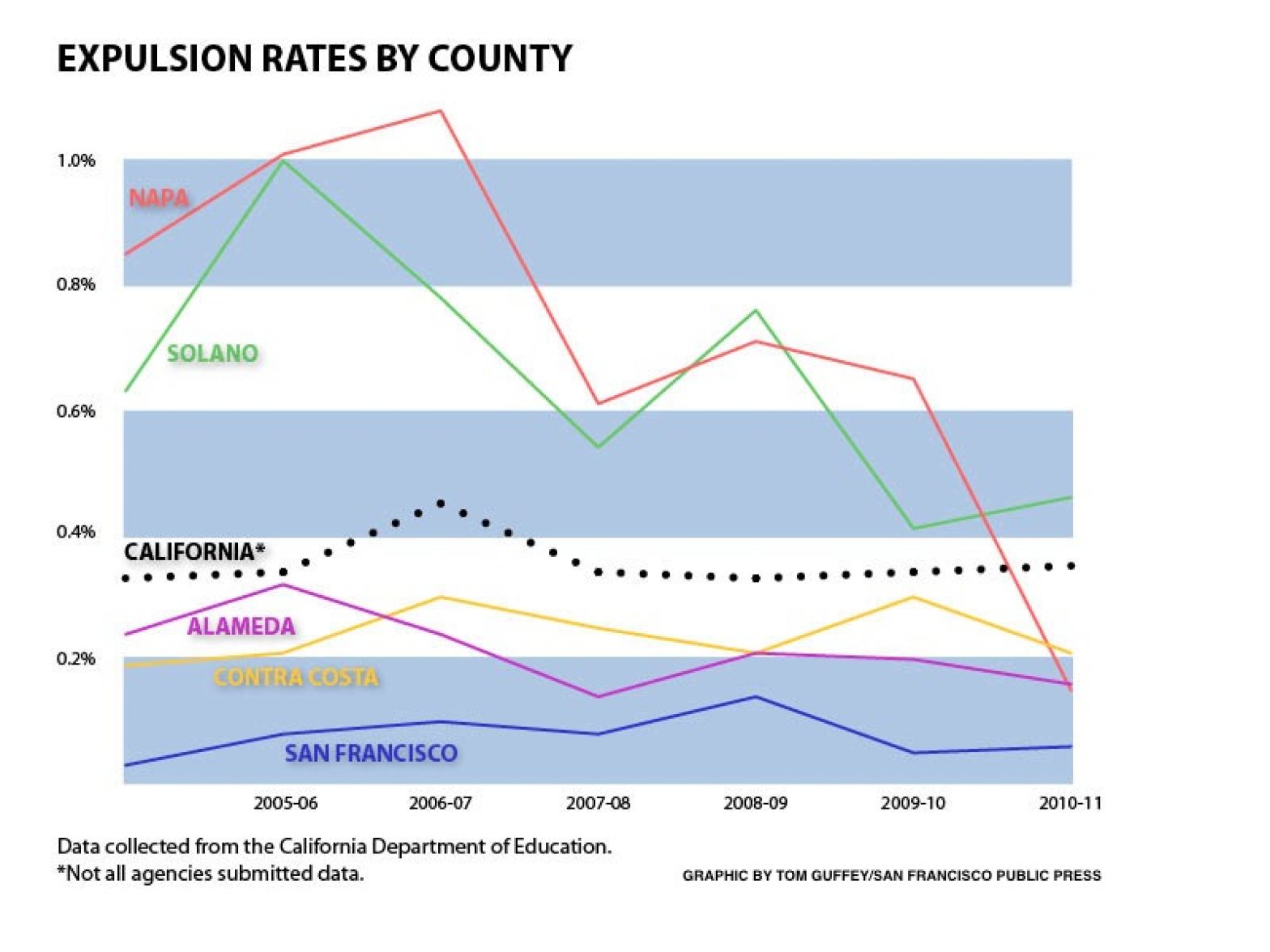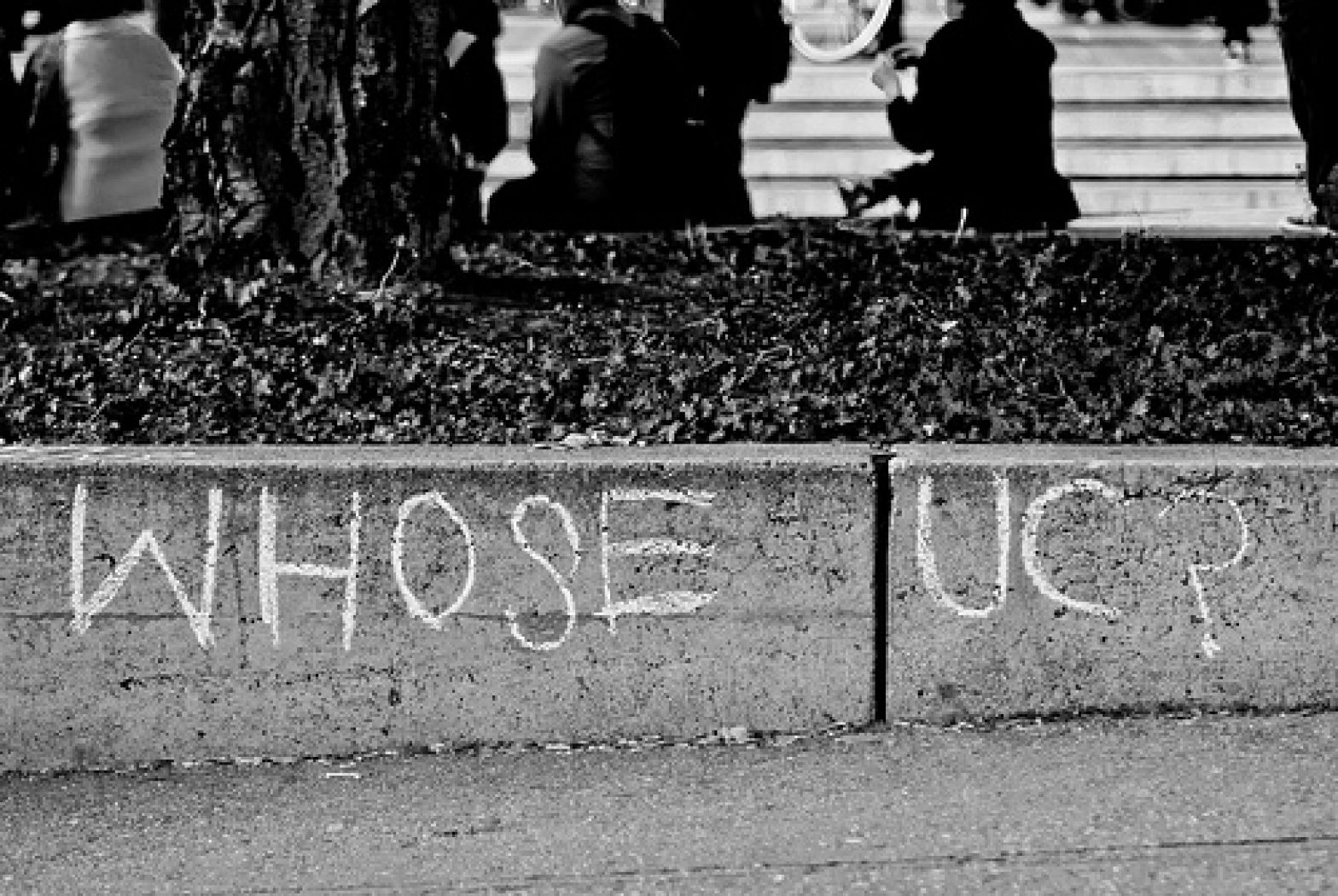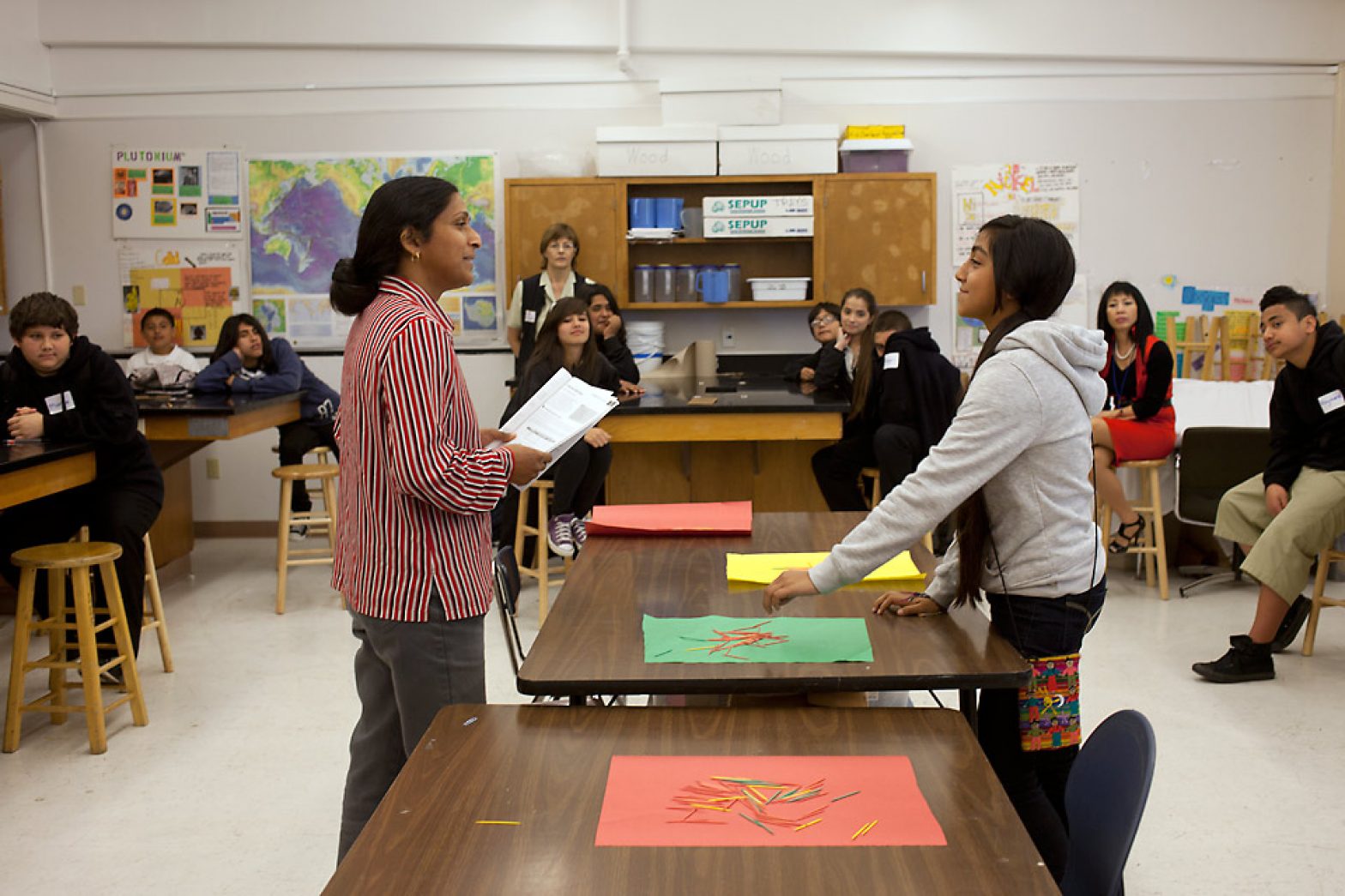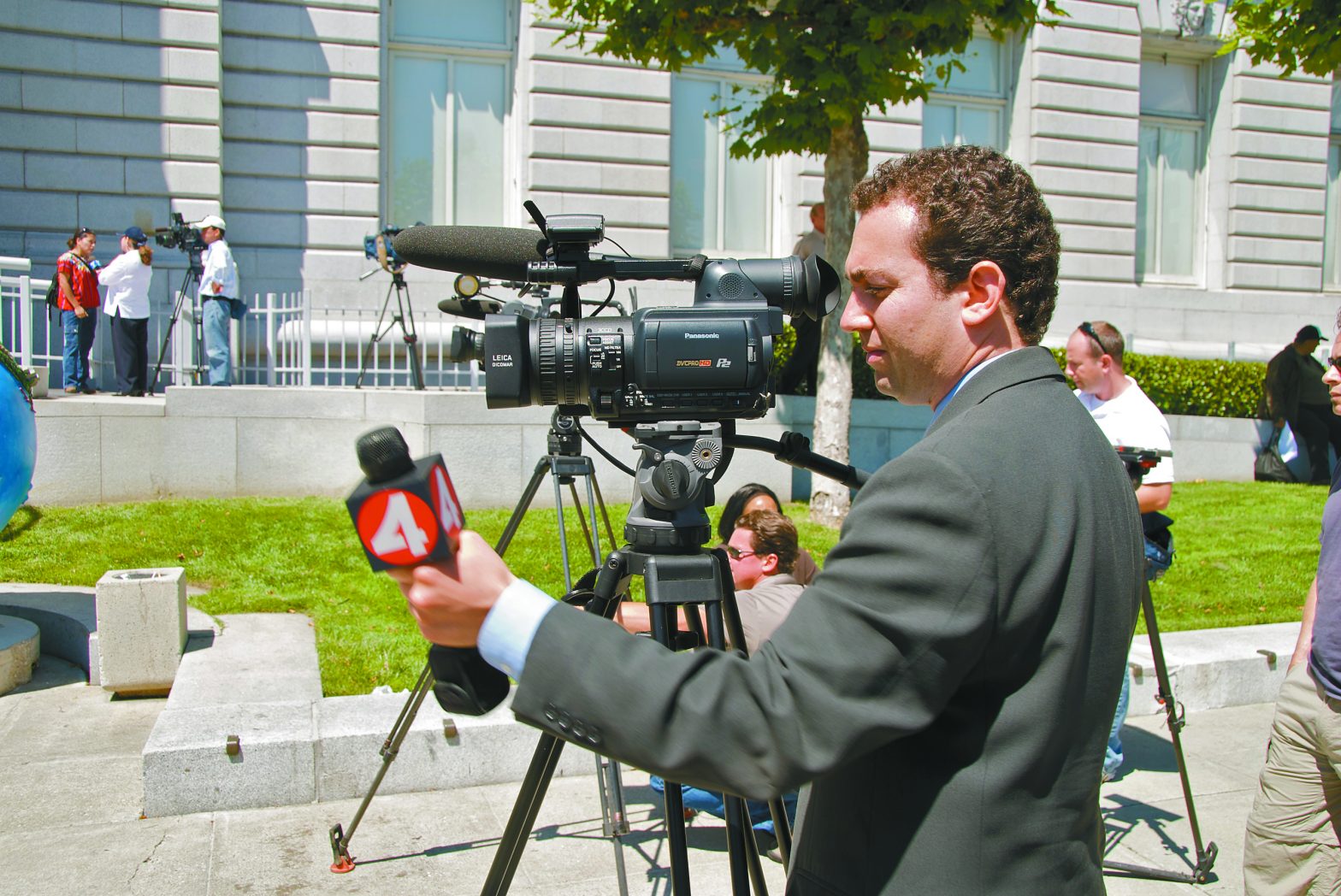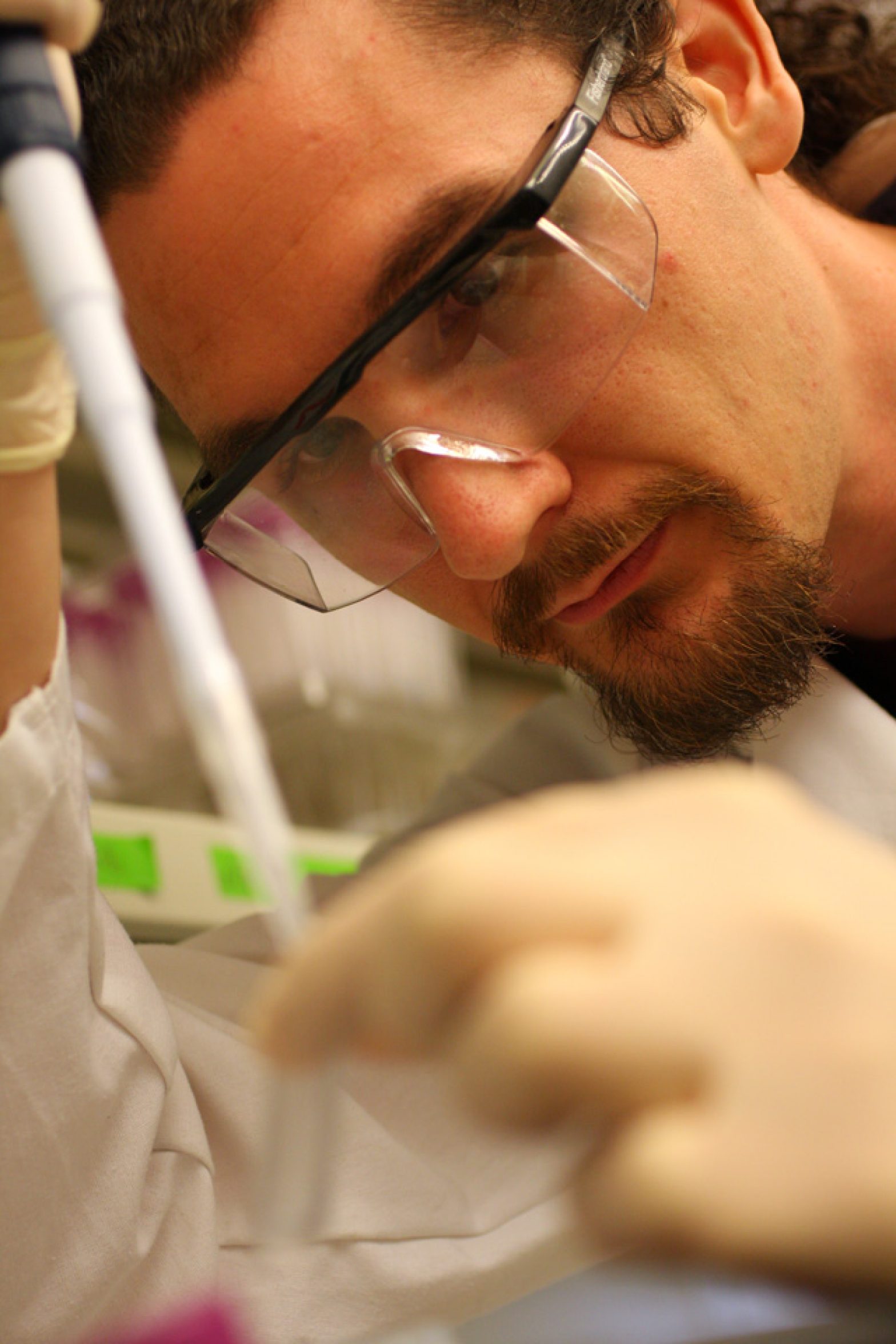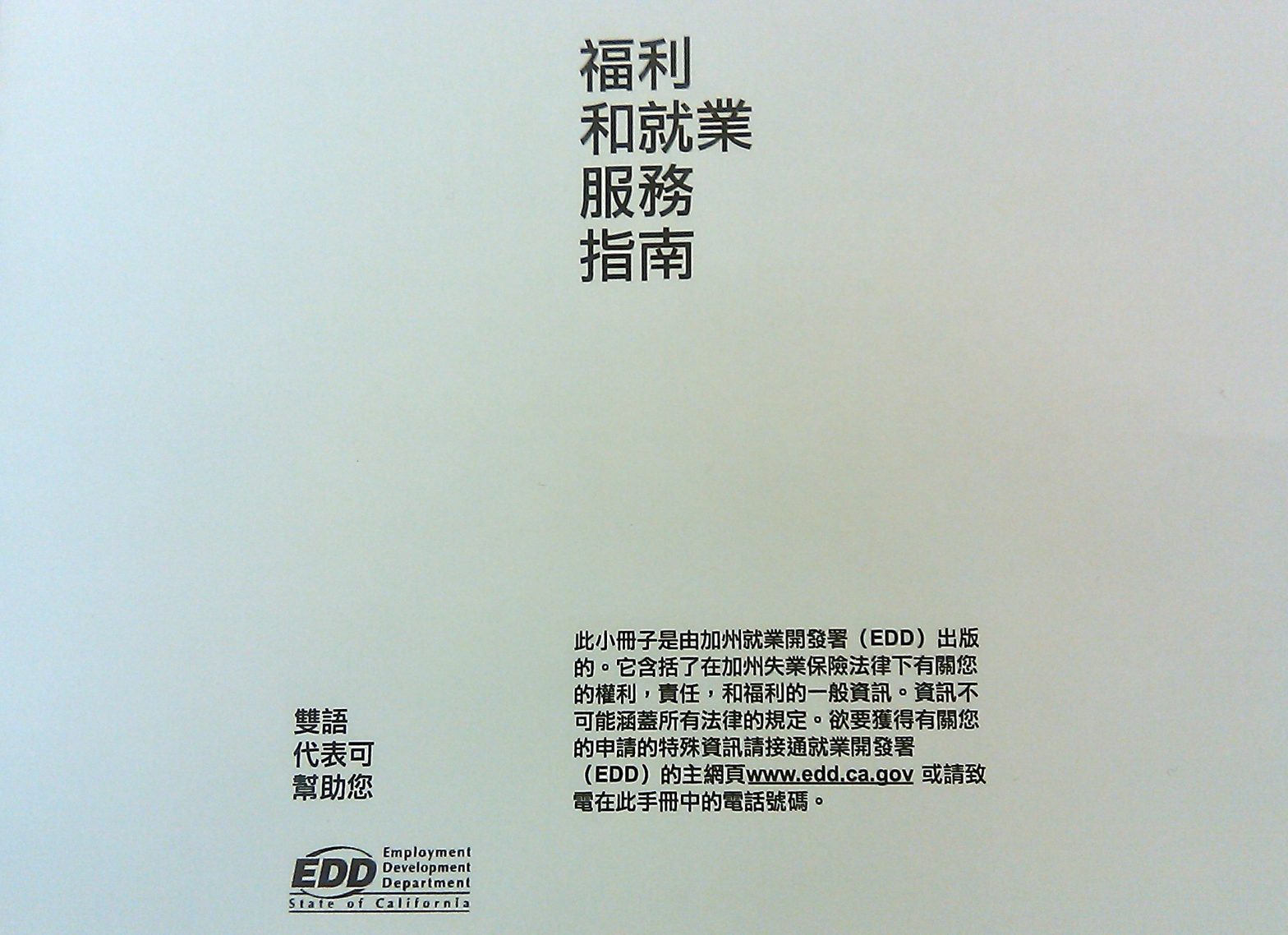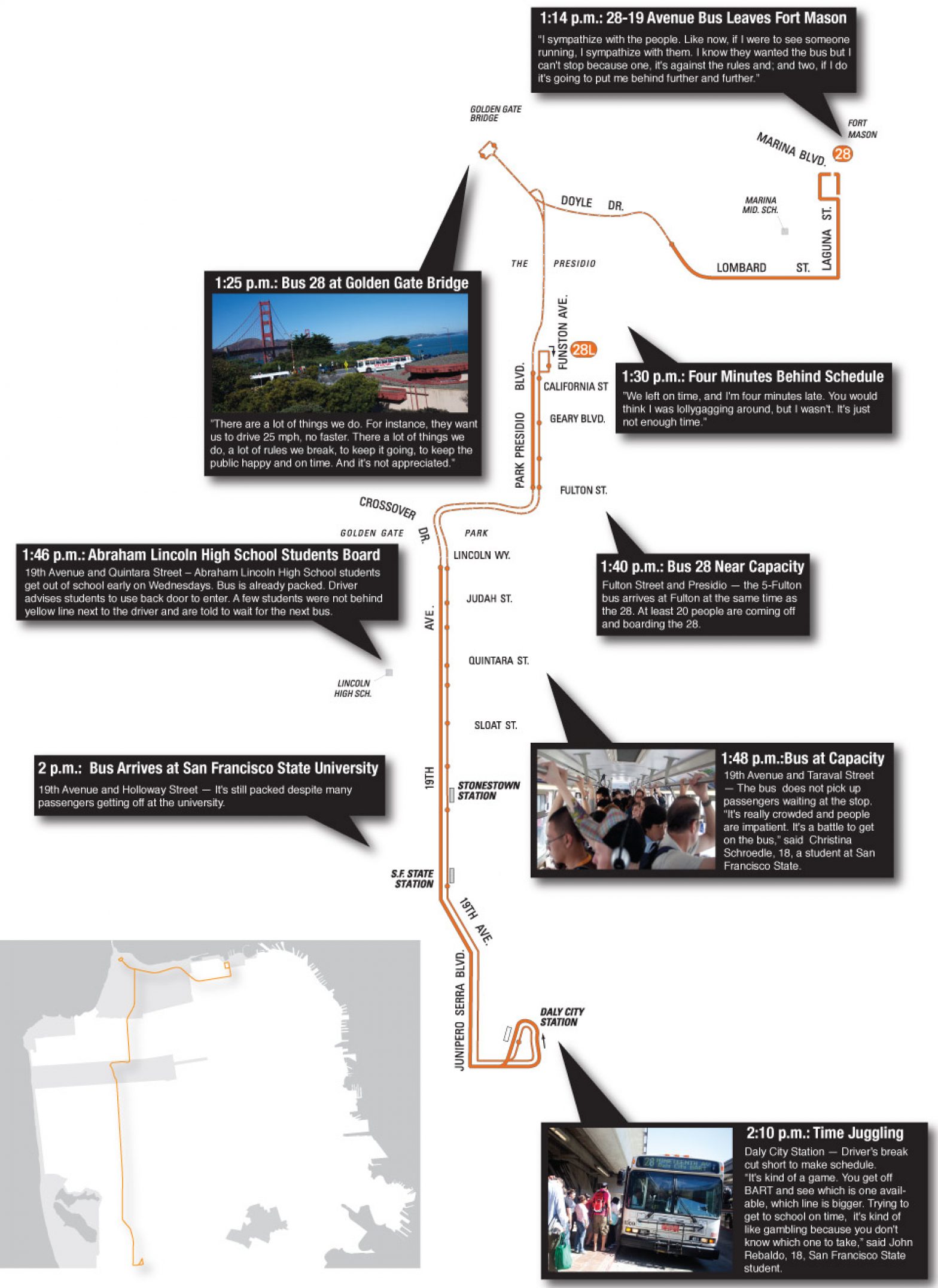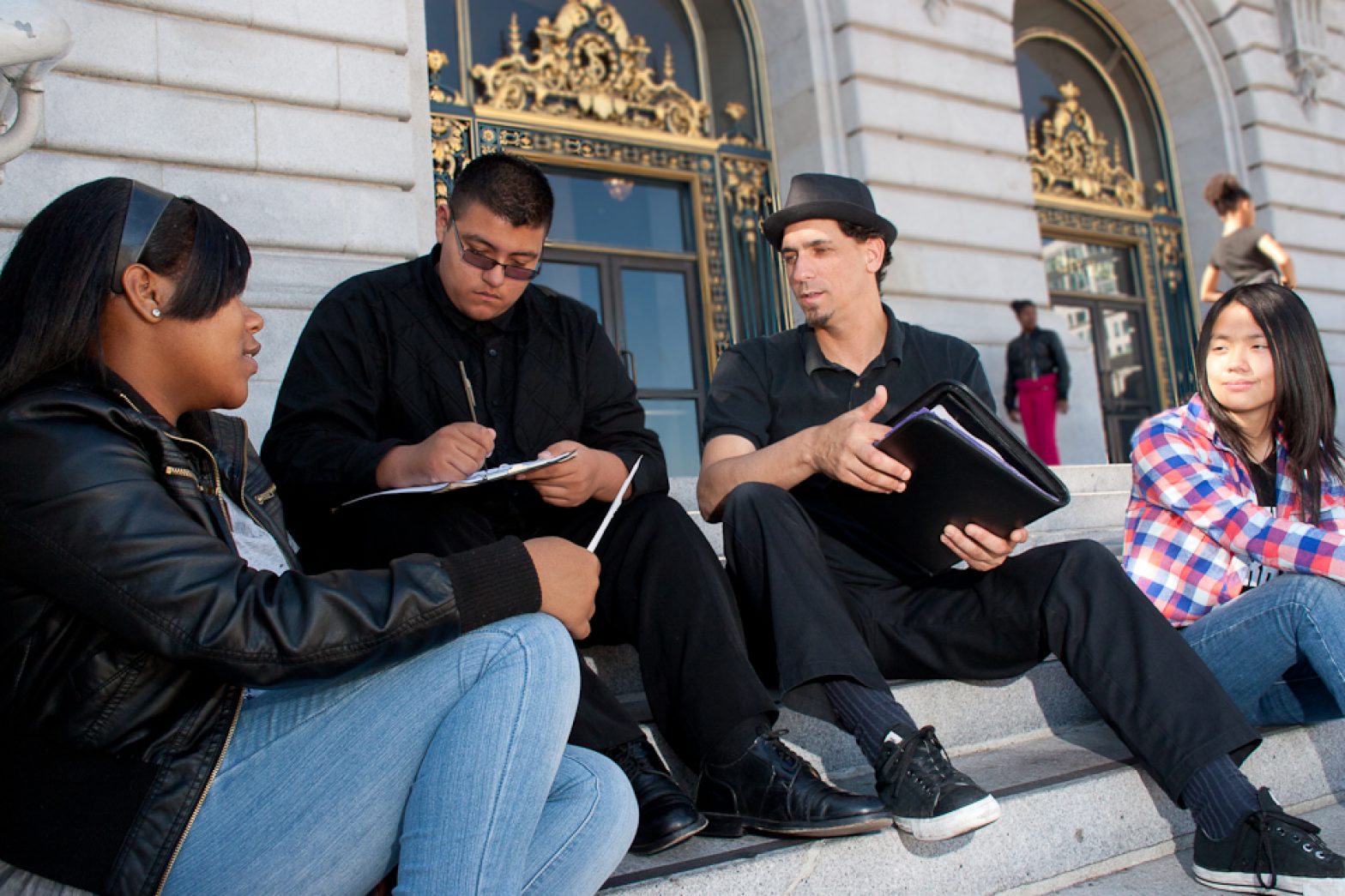
How one big-city district cut suspensions and expulsions — and why they may rise again
These articles were produced through a reporting collaboration with the Center for Public Integrity.
Instead of being kicked out for fighting, stealing, talking back or other disruptive behavior, public school students in San Francisco are being asked to listen to each other, write letters of apology, work out solutions with the help of parents and educators or engage in community service. All these practices fall under the umbrella of “restorative justice” — asking wrongdoers to make amends before resorting to punishment. The program launched in 2009 when the Board of Education asked schools to find alternatives to suspension and expulsion. In the previous seven years, suspensions in San Francisco spiked by 152 percent, to a total of 4,341 — mostly African Americans, who despite being one-tenth of the district made up half of suspensions and more than half of expulsions. But the data — along with interviews with parents, students and educators — reveal that progress so far is halting and uneven. Critics say that’s because the transition from punitive to restorative justice is underfunded and haphazardly evaluated. The resulting picture is a school-by-school patchwork, at best an unfinished project to reform the traditional juvenile discipline paradigm.
